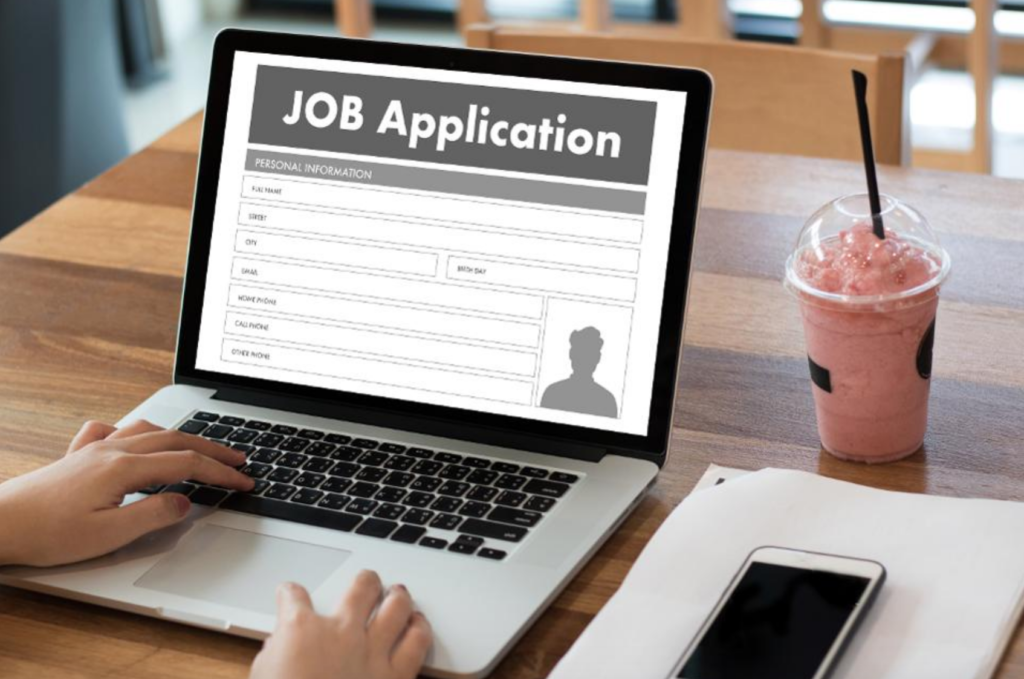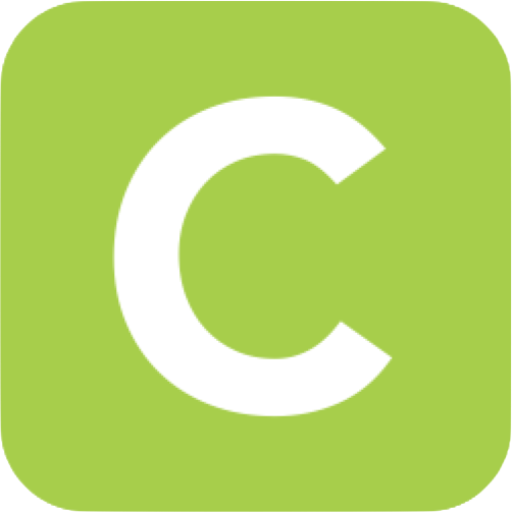15 Jun Decoding Job Postings

Many of you have already heard that 80% of job opportunities are never advertised, and are instead filled through networking. Today, we will focus on the 20% of job (and internship) opportunities that are actually advertised, and how you can best compete for those!
Here are a few suggestions for you to use the job (or internship) posting to maximize your chances to convert your application into an interview:
- The job posting represents the profile of the ideal candidate the company wants to hire: The hiring manager knows that it is unlikely that s/he will find the ideal candidate. Therefore, your job is to show how close your profile is to that of the perfect candidate described in the job posting.
- Don’t let the job description intimidate you: Job seekers are quite often intimidated by job descriptions and don’t apply for jobs they actually are qualified for. As a job seeker, remember that 100% of people who get the job applied for it! Therefore, if your profile meets most of the requirements and some of the preferences listed on the description, apply and let the hiring manager make a decision!
- Requirements versus preferences: Hiring managers know that they will not find a candidate with all the requirements and preferences they listed on the description. Based on numerous conversations with recruiting managers, it is not uncommon to hear that the job description changes as they meet with candidates. Therefore, focus on the value you can create by highlighting how much you have in common with the ideal candidate.
- A computer will first review your application: In the digital age, your application is likely to first be evaluated by a Applicant Tracking System (ATS) program. An ATS system will compare your resume and your cover letter with the terms used in the job description. If your cover letter and resume match at about 60%-80% of the terms used in the job description, your application is likely to be discarded. Therefore, it is important to take the time to send tailored applications for your jobs of interest. This will increase the probability of your application to be taken seriously, and to be reviewed by the hiring manager.
Read the Mind of Recruiters. The job description is a portrait of the ideal candidate in the mind of their future boss. The more they want specific skills or areas of knowledge, the more the job description writer will mention those specific keywords and skill names in the job description. You can therefore read the mind of the recruiters by deriving a word cloud of job or internship postings:
- Open a word count platform (I like tagcrowd.com but there are many others, including wordle and wordaizer).
- Copy and paste the job description into the word count window. Additional options to consider:
- Maximum number of words to show? Select anywhere from 50 to 75 depending on the length of the job description.
- Minimum frequency? I would suggest that you select “2” or “3” depending on the lengths of the job description.
- Show frequencies? Select “Yes.”
- Don’t show these words: Include terms such as “work, description, candidate” and any generic terms that might not be relevant.
- Click “Visualize.”
- Follow the same process to create a separate word cloud of your resume and a separate one for your cover letter.
Tailor your resume to the job description. As you explore the clouds generated for your job description, resume, and cover letter, assess the gaps and leverage keywords to further tailor your resume or cover letter (while at all times remain truthful). For your resume, here are places you can think about to increase keyword matches between your resume and the job description:
- Education Section:
- If you have multiple majors, select the major and/or minors that are more aligned with your target job. More majors or education might not always be interpreted as being able to take on more, it might also be interpreted as “this person does not know how to make decisions,” or “this person can’t discern what is important to me.” Avoid the confusion, and focus on what is most relevant to the job, not necessarily what was most important to your development as a person.
- Select 2-3 courses that are most aligned with the job, not the courses in which you learned most, but the ones that are most aligned with the employment opportunity you are pursuing.
- Replace generic section titles such as “Work Experience,” or “Volunteer Experience,” or “Leadership Experience,” or “Leadership Experience” with job-related job skills or industry experiences. You can create multiple sections in your resume.
- Within each section, list your experiences from most recent to least recent. You can list experiences that are up to 10 years old on your resume.
- Within each section, list both paid or unpaid experiences, future bosses don’t care whether you were paid or not to gain these critical skills or pieces of knowledge, they care that you generated impact and results so they can assess what you can do and who you will be as a future employee of theirs.
- This is critically important to tailor to each job you apply for. Look at the action words you start each of your bullet points with. Can these bullet points be changed to remain accurate of your experience while matching the job description?
- Eliminate all generic wordings (e.g. worked, responsible for, assisted with, supported…), and replace them with more specific verbs that align with the job description or terminology used in your target industry or sector.
- Instead of descriptive bullet points (e.g. Selected news articles, and integrated them into a weekly newsletter), make sure to write your bullet points to showcase as much quantifiable results as much as possible (e.g. Synthesized startup insights from American and Swiss sources on user privacy, pitching, and venture capital trends distributed to 5,500+ subscribers via weekly newsletters). Longer bullet point? Yes, and more effective at showcasing what you can do.
- Less is more. Keep your bullet points around what is more relevant from each of your experiences as they relate to the job your are applying for. If you list everything you have done to showcase the diversity of what you can do, it might come across as you not knowing how you fit in within that job.
- Language Skills: Add all languages you know along with demonstration of your fluency, something along the lines of “Language Skills: English/French Bilingual, American Sign Language (Intermediate), German (Basic).”
- Computer and Software Skills: Add all coding and programming languages you know with your level of competency, along with other software or computer skills mentioned in the job description. For example your bullet points could look like “Software and Computer Skills: SPSS, Matlab, R Studio, Microsoft Office (Excel, Word, PowerPoint).”
- Additional Experiences and Interests: This line can be a great way to mention experiences or interests as a conversation starters without dedicated a lot of the limited space on your resume to that experience because it might be less relevant or older than others you want to list. This could look something along the lines of “Additional Experiences: Reading Partner (DC Reads, 2012-Present), Board Member (WomenWhoCode, 2015-2019), Account Executive (SupportFirst, 2016-2018).”
Good luck with your job applications, and as always, I look forward to reading your questions and your comments!


